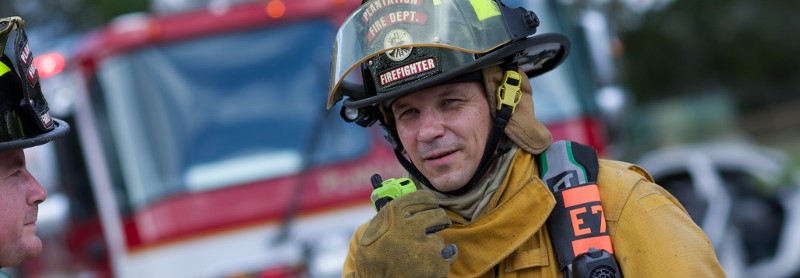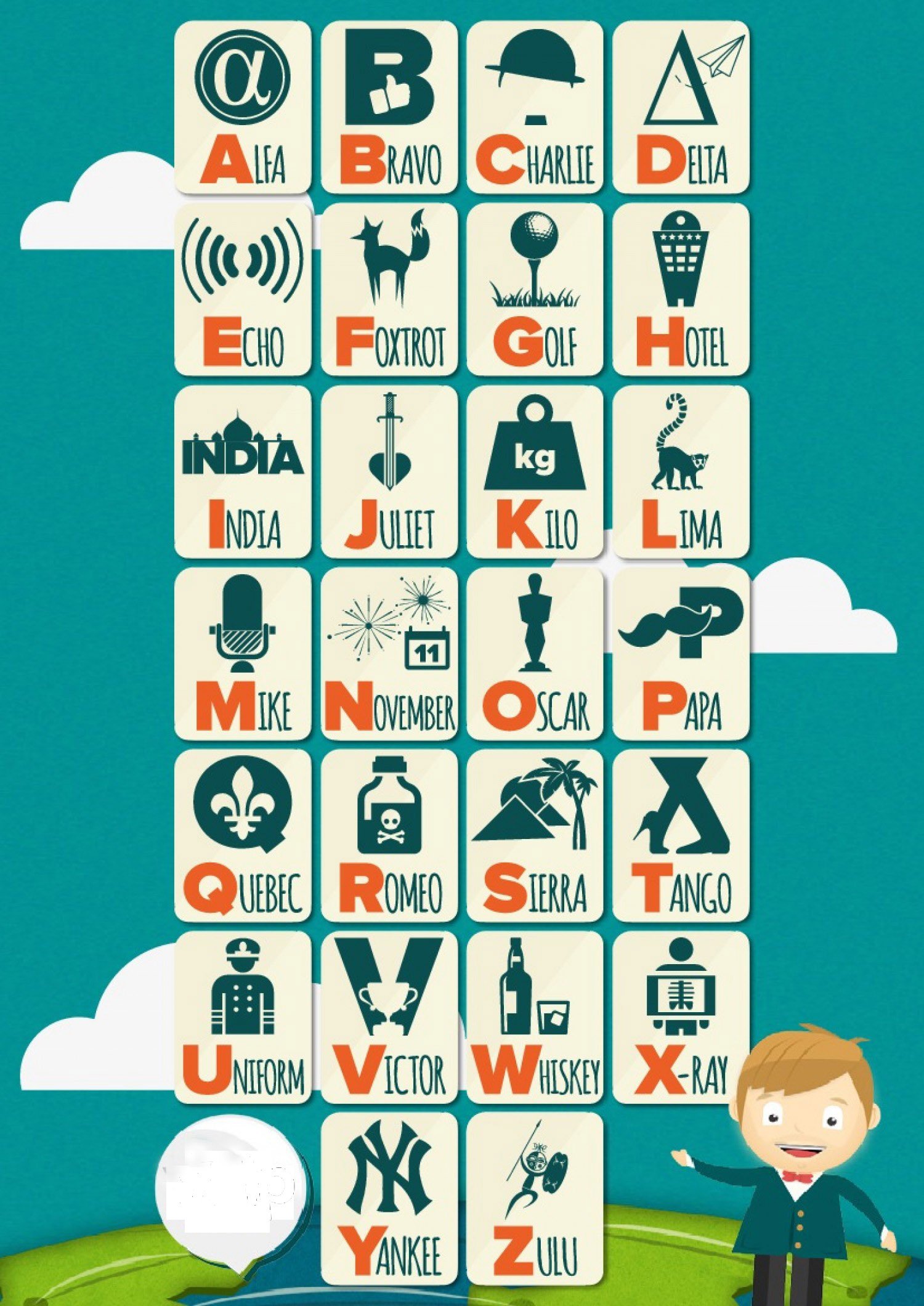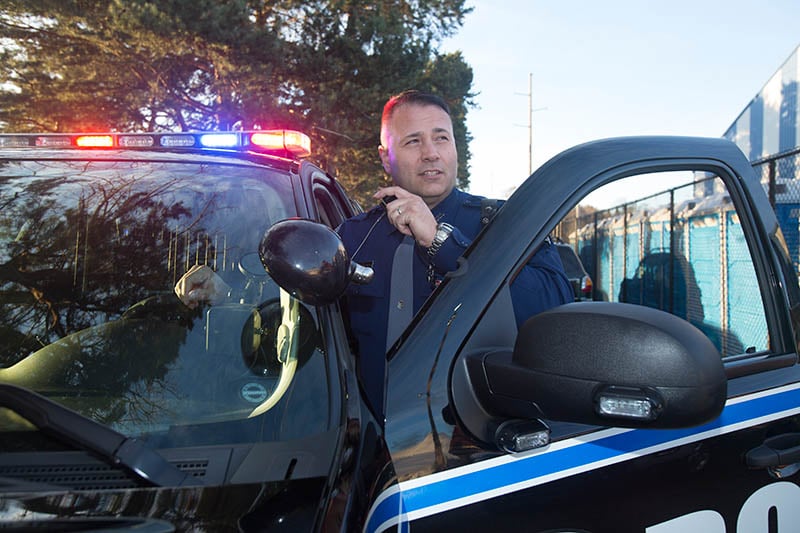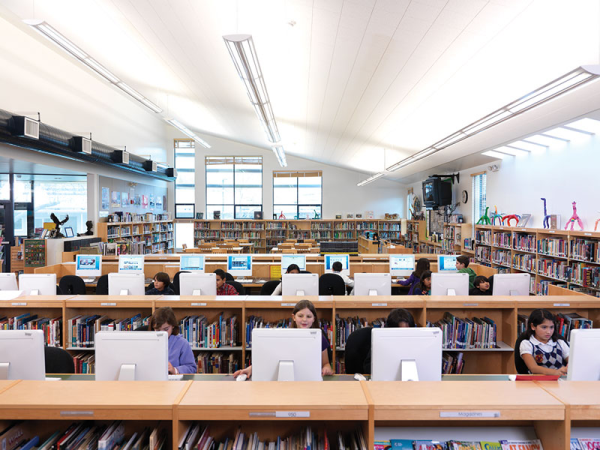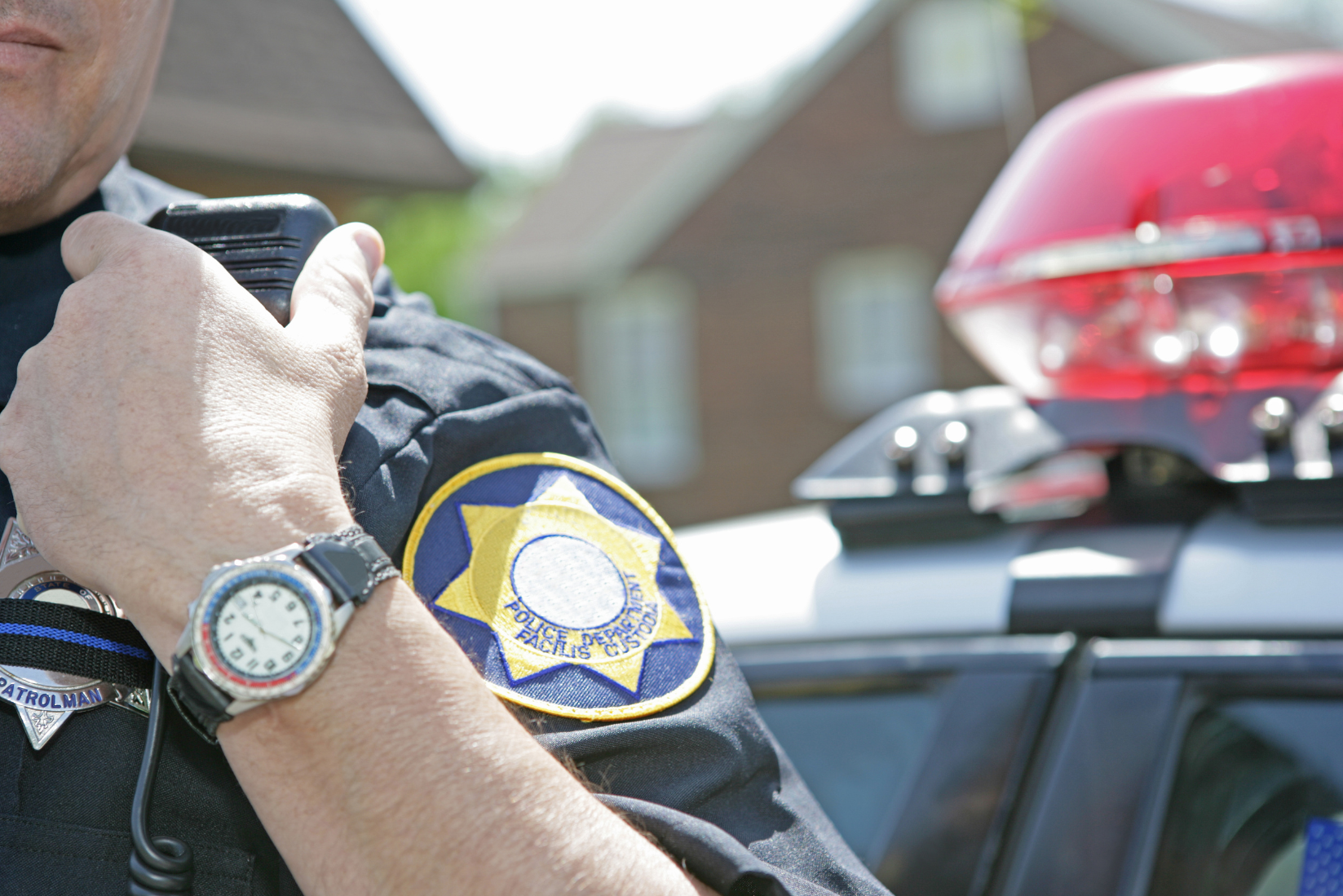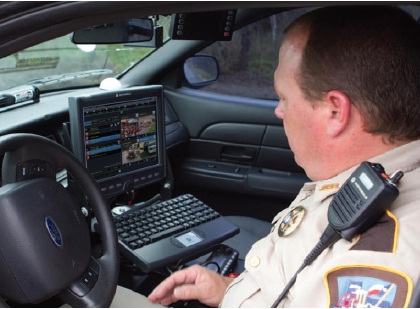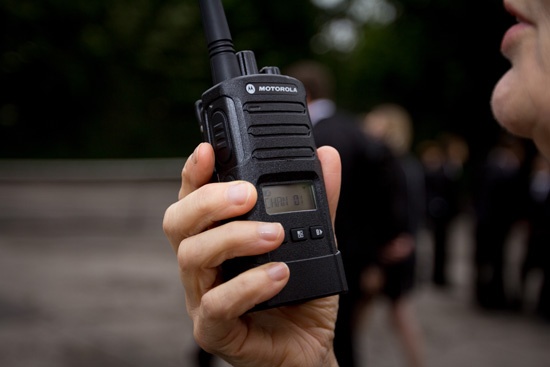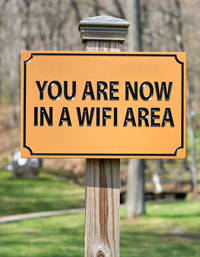When people talk about the emergency response system of tomorrow, the predictions are breathtaking: firefighting drones, human-operated robots, real-time 3-D simulations and more.
While some of that may sound more like science fiction than a real possibility – especially given the budgetary and resource concerns facing public safety – there are sound emergency communications investments that departments can make today to prepare for tomorrow.
Let’s take a look at ways that public safety can prepare for the emergency response system of the future.

